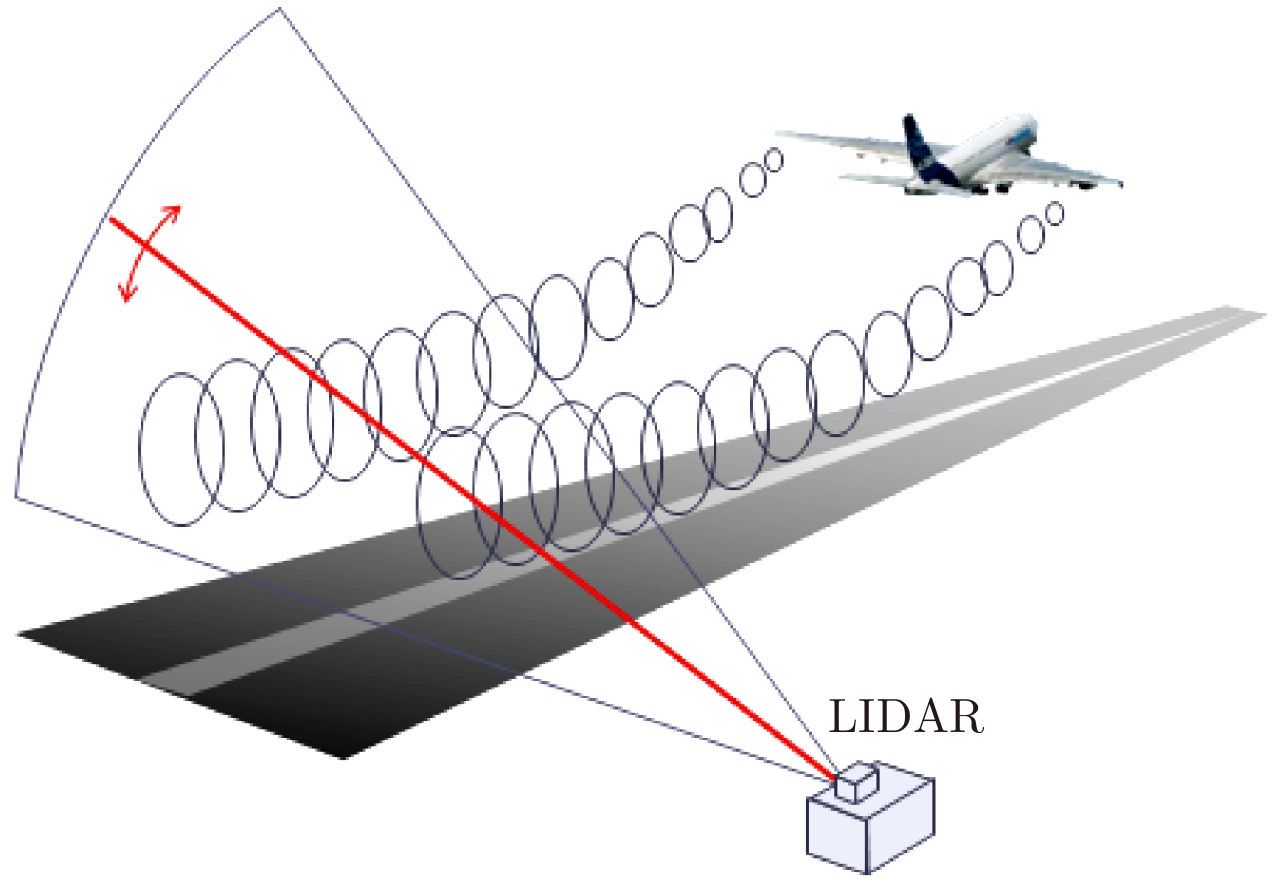Next Generation Scanning LIDAR Systems for Optimizing Wake Turbulence Separation Minima
DOI: 10.12000/JR17056 cstr: 32380.14.JR17056
-
Abstract:
Numerous studies have been performed to better understand the behavior of wake vortices with regards to aircraft characteristics and weather conditionsover the pastten years. These studies have led to the development of the aircraft RECATegorization (RECAT) programs in Europe and in USA. Its phase one focused on redefining distance separation matrix with six static aircraft wake turbulence categories instead of three with the current International Civil Aviation Organization (ICAO) regulations. In Europe, the RECAT-EU regulation is now entering under operational implementation atseveral key airports. As proven by several research projects in the past, LIght Detection And Ranging (LIDAR) sensors are considered as the ground truth wake vortex measurements for assessing the safety impact of a new wake turbulence regulation at an airport in quantifying the risks given the local specificities. LIDAR’s can also be used to perform risk monitoring after the implementation. In this paper, the principle to measure wake vortices with scanning coherent Doppler LIDARs is described as well as its dedicated post-processing. Finally the use of WINDCUBELIDAR based solution for supporting the implementation of new wake turbulenceregulation is described along with satisfyingresults that have permitted the monitoring of the wake vortex encounter risk after the implementation of a new wake turbulence regulation.
-
Key words:
- Wake turbulence /
- Wake vortices /
- LIght Detection And Ranging (LIDAR) /
- Algorithm /
- Circulation /
- Data collection /
- Safety case /
- Risk monitoring
-
Table 1. Accuracy on initial vortex span and initial circulation for Heavy and Jumbo aircrafts
Vortex span and intial circulation Mean Absolute Error Mean Relative Error (%) Vortex span for Heavy 1.49 m 3.16 Vortex span for Jumbo 2.21 m 3.5 Initial circulation of left vortex for Heavy 24.32 m2/s 5.52 Initial circulation of right vortex for Heavy 34.53 m2/s 7.65 Initial circulation of left vortex for Jumbo 46.18 m2/s 6.12 Initial circulation of right vortex for Jumbo 86.40 m2/s 11.3 -
[1] CREDOS: Crosswind-reduced separations for departure operations[Z]. EU Project Program: FP6-AEROSPACE, Ref.: 30837, Start date: 2006-06-01, End date: 2009-11-30, Record Number: 81468. [2] AWIATOR. Aircraft wing advanced technology operations[R]. G4RD-CT-2002-00836. [3] FAR WAKE Fundamental Research on Aircraft Wake Phenomena[Z]. EU Project Funded Under: FP6-AEROSPACE Ref.: 12238, Start date: 2005-02-01, End date: 2008-05-31. [4] De Visscher I, Winckelmans G, and Treve V. Characterization of aircraft wake vortex circulation decay in reasonable worst case conditions[C]. 54th AIAA Aerospace Sciences Meeting, California, USA, 2016. [5] Veillette P R. Data show that U.S. wake-turbulence accidents are most frequent at low altitude and during approach and landing[J].Flight Safety Digest, 2002, 21(3-4): 1–47. [6] Rooseler F and Treve V. RECAT-EU european wake turbulence categorisation and separation minima on approach and departure[R]. EUROCONTROL Technical Report, 2015. [7] EASA. EASA executive director letter to the EASA management board 2014(D)54308[Z]. 2014. [8] Burnham D C and Wang F Y. Do wake vortices behave differently under non-lidar-friendly weather conditions?[J]. Journal of Aircraft, 2015, 52(3): 993–997. [9] Cariou J P, Augere B, Valla M, et al. Laser source requirements for coherent lidars based on fiber technology[J]. Comptes Rendus Physique, 2006, 7(2): 213–223. [10] Dolfi-Bouteyre A, Augére B, Besson C, et al.. 1.5 μm all fiber pulsed LIDAR for wake vortex monitoring[C]. Proceedings of Conference on Lasers and Electro-Optics, 2008 and 2008 Conference on Quantum Electronics and Laser Science, San Jose, CA, 2007. [11] Smalikho I N, Banakh V A, Holzäpfel F, et al. Method of radial velocities for the estimation of aircraft wake vortex parameters from data measured by coherent Doppler lidar[J]. Optics Express, 2015, 23(19): A1194–A1207. [12] Loaec S, Thobois L, Cariou J P, et al.. Monitoring wake vortices with a scanning Doppler LIDAR[C]. International Laser Radar Conference, Porto Heli, 2012. [13] Matayoshi N and Yoshikawa E. Wake vortex measurement campaign towards reduced separation[C]. WakeNet-Europe Workshop 2015, Amsterdam, 2015. [14] Wassaf H S, Burnham D C, and Wang F Y. Wake vortex tangential velocity adaptive spectral (TVAS) algorithm for pulsed lidar systems[C]. 16th Coherent Laser Radar Conference, Long Beach, California, 2011. [15] Köpp F, Rahm S, and Smalikho I. Characterization of aircraft wake vortices by 2-μm pulsed Doppler lidar[J]. Journal of Atmospheric and Oceanic Technology, 2004, 21(2): 194–206. [16] Frehlich R and Sharman R. Maximum likelihood estimates of vortex parameters from simulated coherent Doppler lidar data[J]. Journal of Atmospheric and Oceanic Technology, 2005, 22(2): 117–130. -



 作者中心
作者中心 专家审稿
专家审稿 责编办公
责编办公 编辑办公
编辑办公

 下载:
下载:










